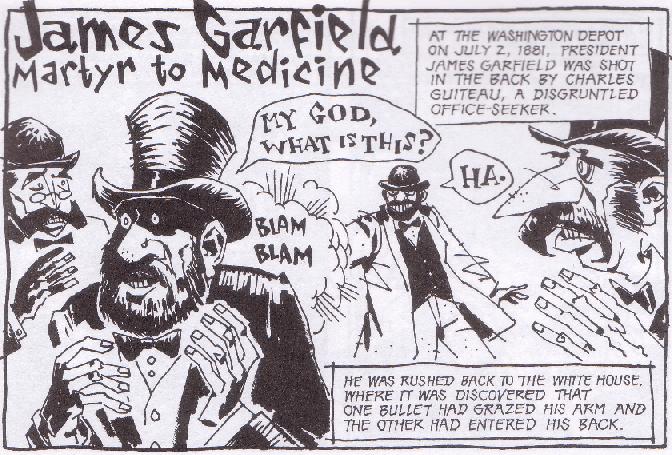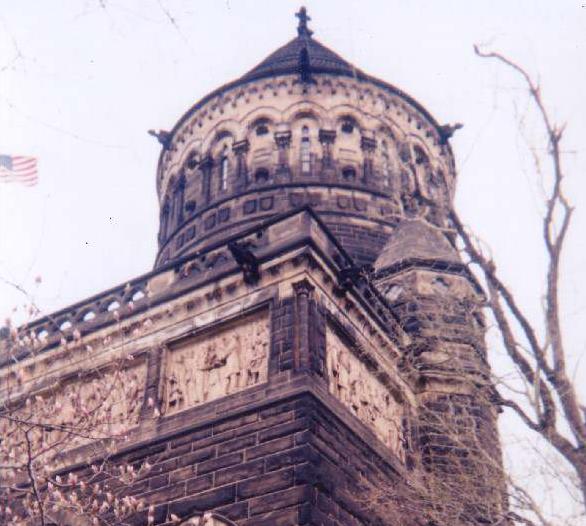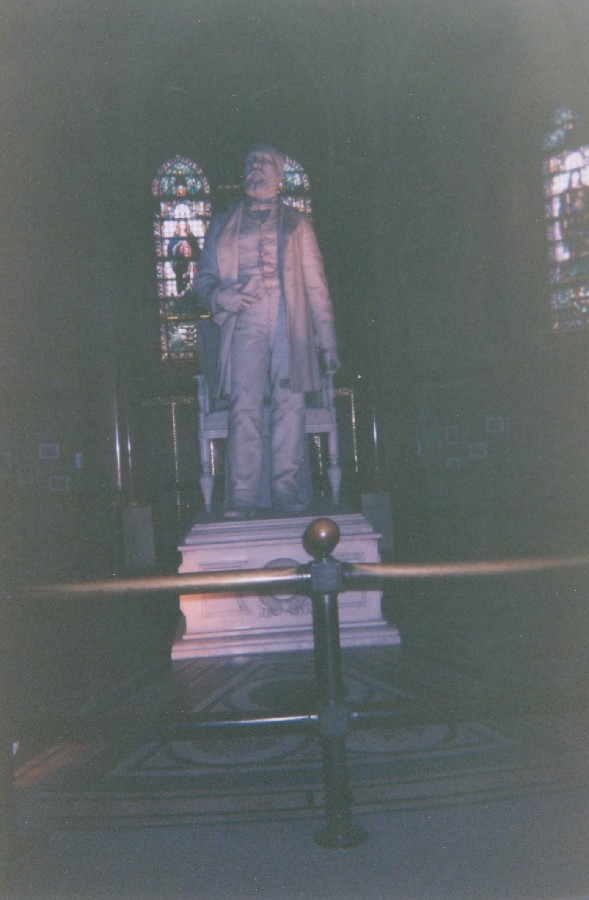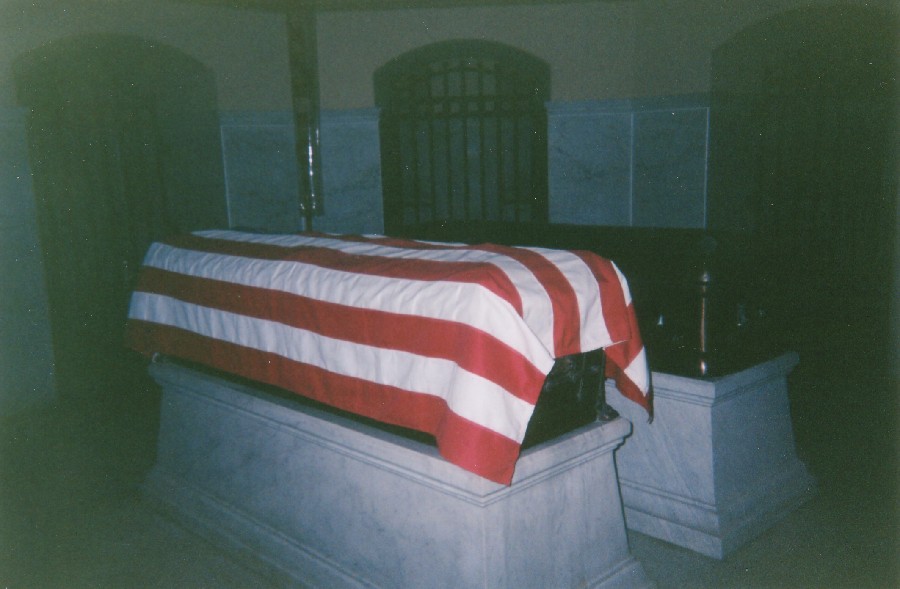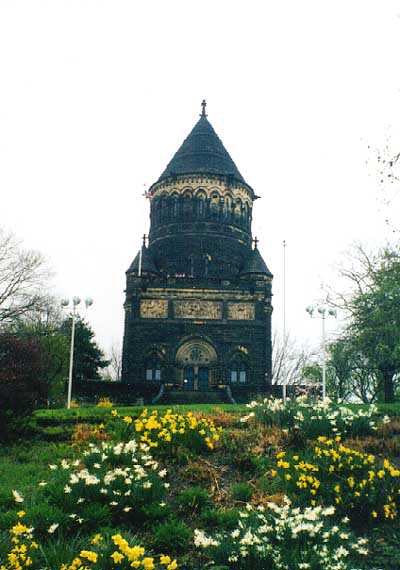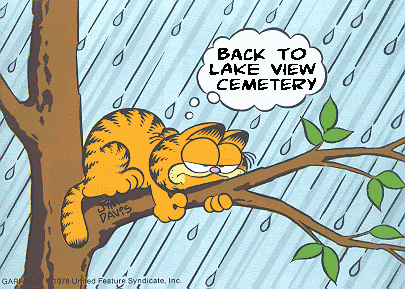



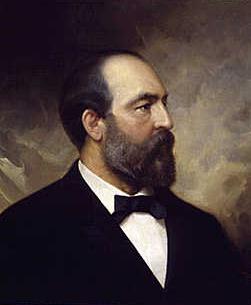
To give you an idea of just how crazy Guiteau really was, this is the letter he sent to Gen. William Tecumseh Sherman, head of the American Army, right before he went to the depot to kill Garfield:
"To General Sherman: I have just shot the President. I shot him several times as I wished him to go as easily as possible. His death was a political necessity. I am a lawyer, theologian, and politician. I am a stalwart of the Stalwarts. I was with Gen. Grant, and the rest of our men in New York during the canvass. I am going to the Jail. Please order out your troops and take possession of the Jail at once. Very respectfully, Charles Guiteau."
His hilariously loony writings continued before, during, and after his trial. At one point he wrote to the new president, Chester Arthur, and demanded a pardon; his reasoning was that, since Arthur wouldn't be president if Guiteau hadn't shot Garfield, Arthur owed him a favor. Arthur, quite the ingrate, didn't respond.
What followed the shooting was the real tragedy, for although President Garfield had access to the finest medical care available at the time, medicine in 1881 was dangerously primitive by modern standards. Lack of knowledge about hygiene, germs, and infection led to the worsening of the back wound. Doctors poked around in the hole with unwashed fingers, enlarging it and infecting it. The surgeon general himself punctured the lining of Garfield's liver with his index finger. They enlarged the entry wound from three inches to twenty festering inches. After his death on September 19, an autopsy found that, had they left the site alone, the president would almost certainly have lived, since the bullet had lodged harmlessly in a cyst.
Charles Guiteau's final defense in court (he acted as his own lawyer, and solicited spectators in the gallery for advice) was that he had merely wounded Garfield; the executive medical staff had killed him. He was right, but they hanged him anyway--also despite the fact that he was clearly, indisputably insane.
For a great look at the facts of this case in comic book form, click the frame below.
